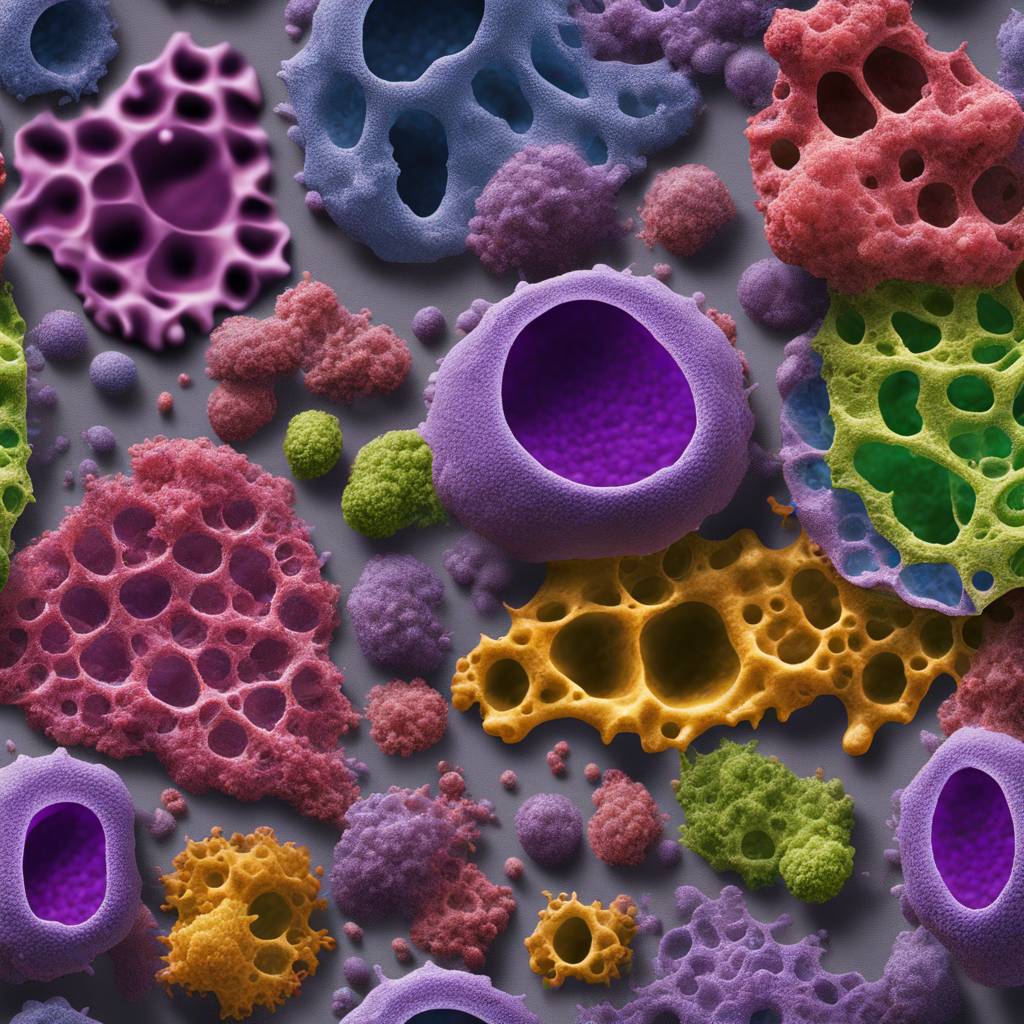Insulinomas are abnormal tumors that grow in the beta cells of the pancreas and produce excess insulin, causing hypoglycemia. Surgery is currently the only treatment option for patients with insulinoma, but it can result in a longer recovery time and may lead to the loss of healthy pancreatic tissue, potentially leading to diabetes. A new study published in the Annals of Surgical Oncology introduces a minimally invasive technique called the retro-laparoscopic approach for removing these tumors located in the posterior head of the pancreas. This technique aims to remove the tumors without affecting healthy pancreatic tissue, thus preserving organ functionality.
The retro-laparoscopic approach was developed by Eduardo Vega, MD, and Fernando Rotellar, MD, PhD, and involves inserting a camera and specialized instruments through small incisions in the patient’s abdomen. This allows for precise identification and removal of the insulinoma located in the challenging posterior head of the pancreas. By preserving most of the pancreas tissue, this technique may lead to less incidence of diabetes and pancreatic insufficiency. It also offers a less invasive and potentially safer option for tumor removal, reducing complications and improving patient recovery.
The study suggests that the retro-laparoscopic approach may have broader implications for using minimally invasive surgical procedures on various types of pancreatic tumors. This innovative technique opens up possibilities for the future of minimally invasive surgery in complex anatomical scenarios and may pave the way for further innovations in surgical techniques. The findings of the study highlight the potential benefits of this approach for patients with different types of tumors and medical conditions, offering a promising outlook for the future of pancreatic surgery.
The successful application of the retro-laparoscopic approach in the removal of insulinomas in the posterior head of the pancreas demonstrates the effectiveness and feasibility of this minimally invasive technique. By utilizing smaller incisions and specialized instruments, surgeons can safely and effectively remove challenging tumors without causing damage to healthy pancreatic tissue. This approach may revolutionize the field of pancreatic surgery and provide patients with a less invasive and potentially safer option for tumor removal.
Overall, the study highlights the importance of innovative surgical techniques in the treatment of challenging tumors like insulinomas. The retro-laparoscopic approach offers a promising alternative to traditional surgical methods, allowing for precise tumor removal while preserving organ functionality. This advancement in minimally invasive surgery may lead to improved outcomes for patients with pancreatic tumors and pave the way for future developments in surgical procedures for various medical conditions.


